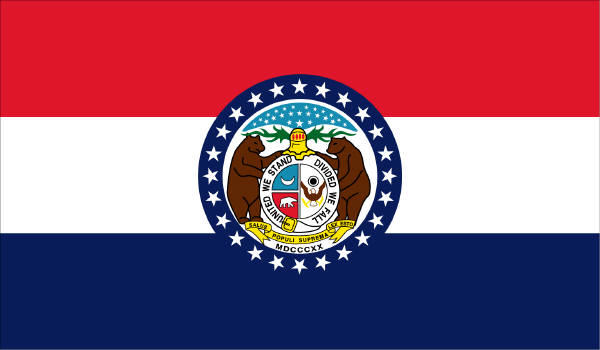Thirty-five of the 132 Missouri state legislators who filed for re-election—13 Democrats and 22 Republicans—will face challengers in the upcoming Aug. 2 primaries, the largest number since at least 2014.
More incumbent Missouri legislators are facing challengers in the upcoming Aug. 2 primaries than at any point since at least 2014.
Thirty-five incumbents running for re-election—13 Democrats and 22 Republicans—are in contested primaries, representing 27% of the 132 legislators who filed for re-election. The remaining 73% of the incumbents are unopposed in their primaries and will advance to the general election.
A primary is contested when there are more candidates running than nominations available, meaning at least one candidate must lose. Historically, however, incumbents tend to win contested primaries in Missouri.
From 2014 to 2020, six state legislative incumbents—four Democrats and two Republicans—lost to primary challengers in Missouri out of the 79 who faced contested primaries during that time. Roughly 92% of all incumbents ultimately advanced to the general election in these contests.
There will be at least one incumbent defeated this year. Two Democratic incumbents—Reps. Mike Person and Raychel Proudie—were drawn into the same St. Louis-area district during redistricting. Only one can advance to the general election.
The total number of contested primaries—including those without incumbents—is also up this year, though lower than in 2018, the peak over the past five election cycles.
There are 69 contested primaries: 15 for Democrats and 54 for Republicans. For Democrats, this is down from 22 in 2020, a 32% decrease. For Republicans, the number increased by 29% from 42 in 2020 to 54 this year.
Looking beyond the primaries, general elections will see less major party competition this year than in recent cycles.
Major party competition refers to legislative districts where both Democratic and Republican candidates are present, meaning voters have a choice between the two parties.
When one major party is absent, a district is all but guaranteed to the other major party. For example, if no Democrats file for a district, it is likely that district will go to Republicans.
This year, 57% of districts are guaranteed to one of the two major parties: 29 (16%) to Democrats and 73 (41%) to Republicans. The remaining 78 districts (43%) currently feature candidates from both major parties.
The amount of major party competition has been decreasing since its high point in 2018 when 74% of districts featured candidates from both major parties. This was largely due to an increase in Democratic candidacies.
The figures for 2022 more closely resemble those from other previous election cycles.
All 163 districts in the House of Representatives are up for election this year, where Republicans currently hold a 107-48 majority with eight vacancies.
Seventeen of the 34 Senate districts are also up for election. Republicans hold a 24-10 majority in that chamber.
Additional reading:


